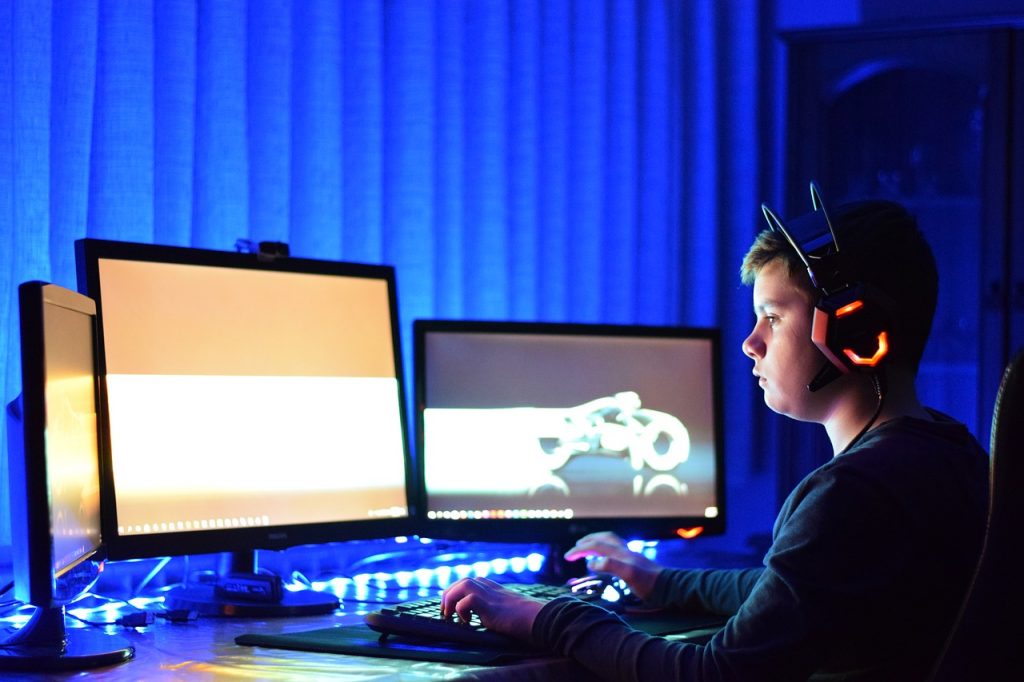Have you ever felt let down by the video games industry, or that there aren’t enough titles made that suit your tastes?
It’s unlikely, given that we are currently living in the golden age of gaming, but if you feel under-represented by the industry then here’s a possible solution: go and make your own game!
That might sound a ridiculous proposition if you don’t have any coding experience, but the truth is that making your own indie title is not as complicated as you might think.
The award-winning Journey, the ever-popular Minecraft and the cult favourite Super Meat Boy are all independent titles made by small teams on a tiny budget, and yet each delivers a fun and immersive experience worthy of games that cost millions to make.

The likes of Cave Story, Unturned and Axiom Verge were all made by one person, while Tetris – arguably the game that started the revolution – was a labour of love for Alexey Pajitnov.
So what do you need to get started? Either a desktop computer or laptop is a good starting point, and (lots of) spare time. The likelihood of you being able to produce a title as sophisticated and powerful as Call of Duty is slim to none, but who knows? Maybe you can use your love of video games to produce a title that you and others will love to play.
And it might just be easier than you think…
Step 1: The Idea
The genesis of your project will be the initial idea for your creation.
Are you going to target a favourite genre for your game, or have you had an idea for a narrative that you wish to pursue?
Of course, this will have to exist within your limitations as a newbie games designer, so unfortunately huge 3D gameworlds and complex cut scenes are off the menu…for now.
The best advice is to keep things simple, revolving your game around a basic story featuring as few characters as possible. Remember, you don’t need to be a scriptwriter par excellence at this early stage: just have a starting point and enjoy the creative journey.
Step 2: Choose Your Platform & Software
The look and feel of your end product will be determined partly by the platform you wish to target, but more ostensibly by the software you use to craft it.
Are you intending to make a smartphone-based game, or one designed for PCs? This is your first question to answer, because for now at least building a console title might just be outside of your grasp.
Smartphone games utilise mechanics such as touchscreen and tilting to power the gameplay, while for PC gamers it’s the good old keyboard and mouse combination that gets the job done.
As far as software is concerned, you have a number of different choices. Can you remember those classic text-based adventures? These are simple to make using the tools available from the likes of Inform and Twine, and as long as you have a compelling narrative these can be super-fun to play.
If you want to ramp up the difficulty, you can try the 2D solutions provided by RPG Maker VX or the GameMaker Studio 2 platform. There are some outstanding examples on those sites of games built using their proprietary software (think Gunpoint and Hotline Miami), and these may act as inspiration.
And for the most optimistic of first-time developers, you could try the free 3D options available at Unity, which is also used by many experienced development teams as well. It’s complex, but incredibly rewarding.
Step 3: Conceptualise and Build
Now it’s time to start adding some meat to the bones.
Whether your central character is a hero, villain or a ‘thing’ – the main feature of Pong is a paddle, after all – this needs to be designed and developed accordingly.

If your creative juices are low, you can always base your idea on existing tropes. Casino games are one option, with playing cards, roulette wheels and slot machines easy to replicate. If you need any further inspiration, take the time to explore the best sites in more detail on an up-to-date list of new casinos in the UK.
If you plan on creating your own world, it is recommended that you have access to image creation software. Photoshop is the paid option of choice, but if you are on a tighter budget then GIMP is a free software toolkit that boasts plenty of cool features.
Once your character(s) and gameworld are designed, you can crack on with the build using the software options highlighted above.
Step 4: Testing & Publishing
Once your game is completed, you will then need to undergo a series of tests to ensure it is bug-free and doesn’t contain any silly errors (spellchecking text-based adventures is always a smart idea!).
It makes sense at this point to ask friends or family to play your beta version, as their ‘fresh eyes’ can pick up mistakes you have missed. They may also recommend positive changes, too.
Once you are satisfied, congratulations: you are ready to publish your completed game!
Each software platform has their own rules and possibilities when it comes to publishing with regards to licences etc, so be sure to do your research.
But before you know it, your game could be available for sale in app stores and via retailers like Steam…how exciting is that!?

Leave a Reply